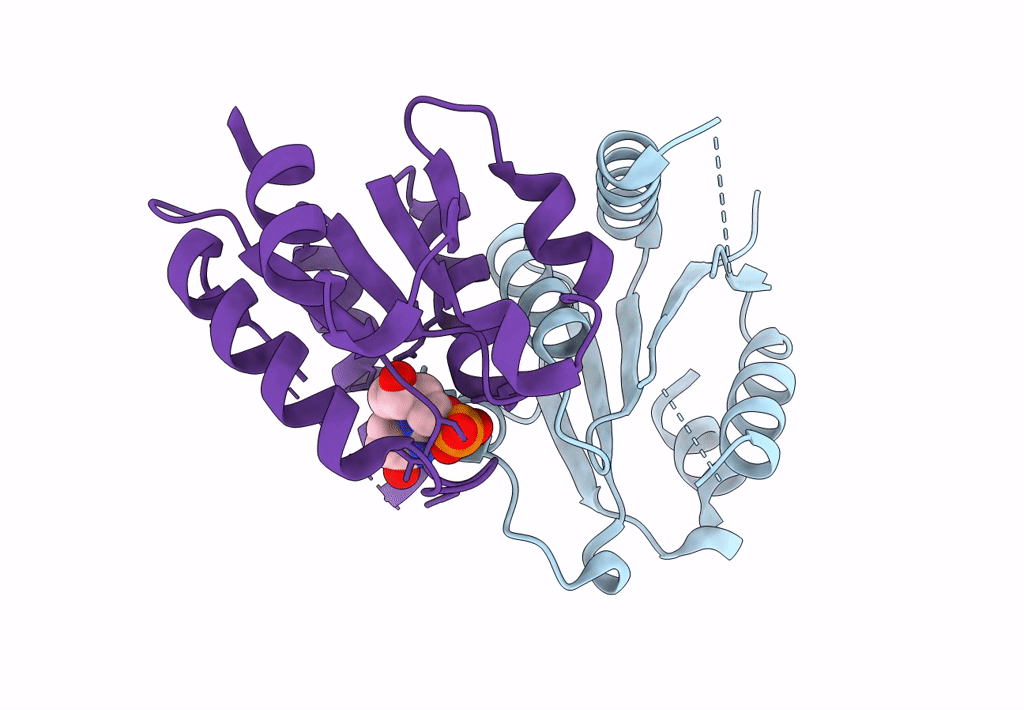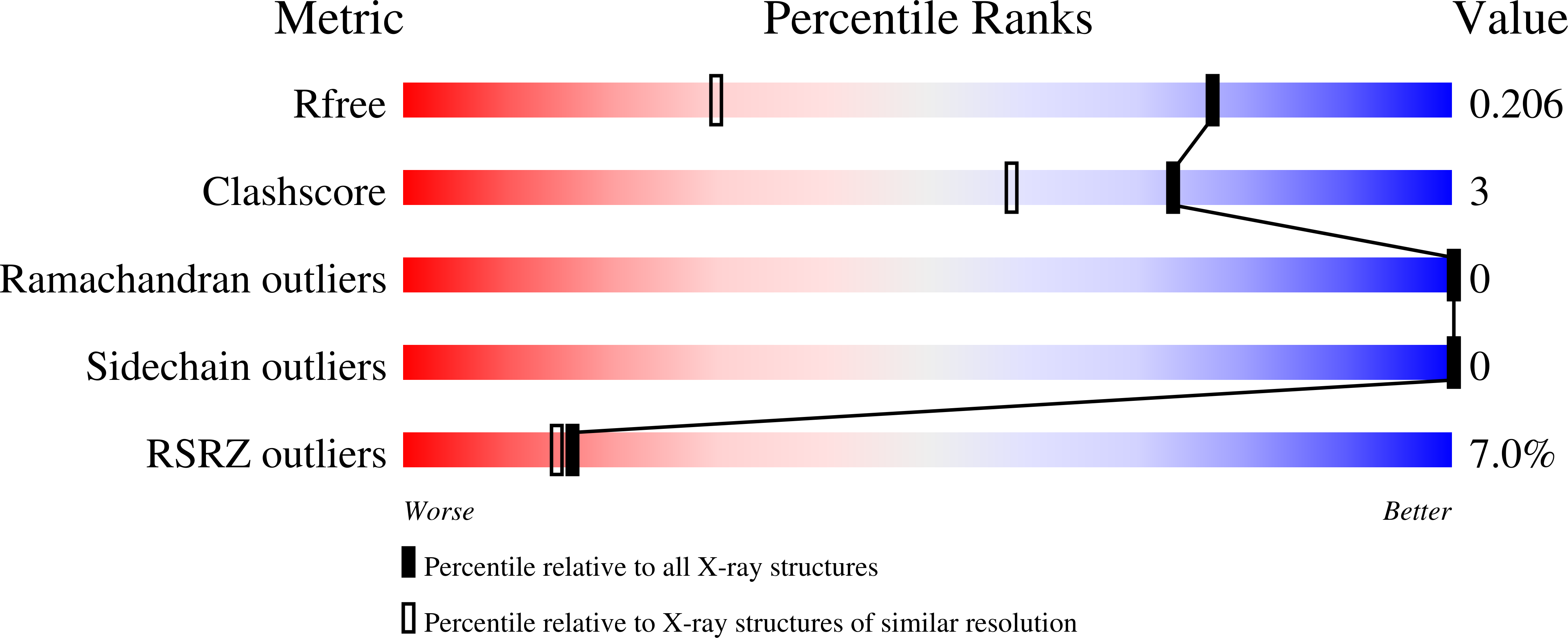
Deposition Date
2023-04-18
Release Date
2023-08-30
Last Version Date
2023-09-13
Entry Detail
PDB ID:
8OSC
Keywords:
Title:
Structure of Homo sapiens 2'-deoxynucleoside 5'-phosphate N-hydrolase 1 (DNPH1) bound to deoxyuridine 5'- monophosphate
Biological Source:
Source Organism:
Homo sapiens (Taxon ID: 9606)
Host Organism:
Method Details:
Experimental Method:
Resolution:
1.42 Å
R-Value Free:
0.21
R-Value Work:
0.19
R-Value Observed:
0.19
Space Group:
C 1 2 1


